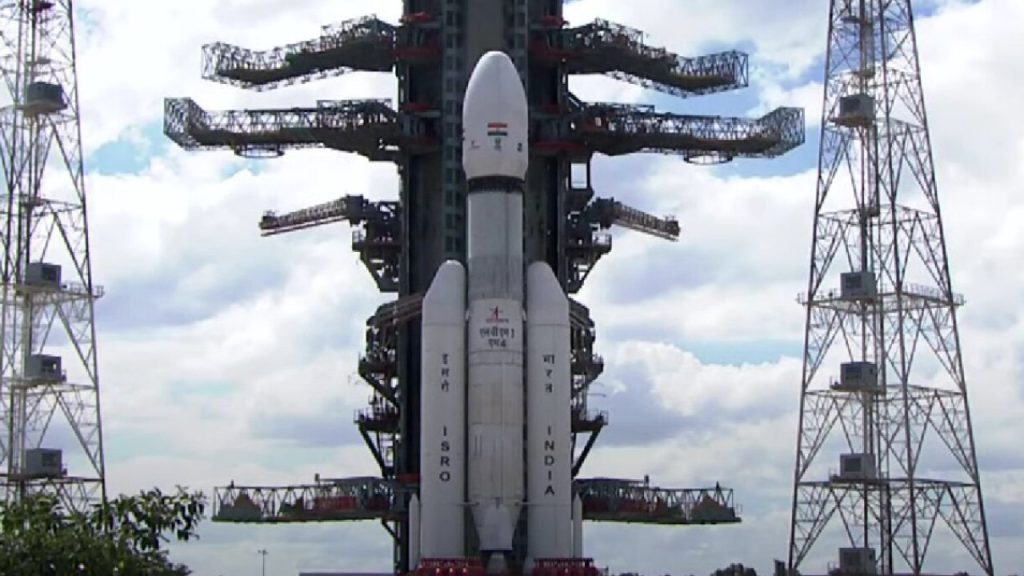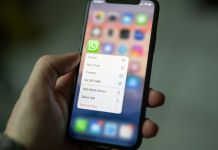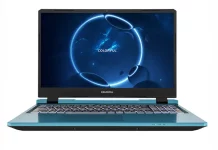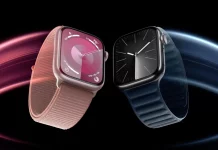The Indian Space Research Organisation (ISRO) recently had a successful spacecraft launch, which took the country to the moon. Chandrayaan-3 landed on the moon’s south pole last month, but it appears that India is showing no signs of stopping its venture into space. A mere week after the successful moon landing, the country has now launched another new spacecraft that is setting its sights on the Sun.
India launches Aditya-L1: First Indian mission to observe the Sun
The nation’s space agency has already launched a rocket carrying Aditya-L1, which is India’s first mission dedicated to observing the Sun. For its mission, Aditya-L1 will be traveling over 930,000 miles over four months until it reaches the L1 Lagrange Point. For those unaware, this point is a place of equilibrium between two massive orbiting bodies, which in this case is the Sun and planet Earth.

The new spacecraft will remain in orbit at this point and collect data. Scientists are hoping that the information gathered by this mission will help them answer why the Sun’s corona is hotter than the surface. The data could even help provide information on how solar radiation and various solar phenomena affect communication systems, satellites, and power grids.
Scientists are hoping that Aditya-L1 may even reveal crucial information regarding solar wind behavior and its impacts on Earth’s climate. According to Sankar Subramanian, the mission’s principal scientist, “We have made sure we will have a unique data set that is not currently available from any other mission. This will allow us to understand the sun, its dynamics as well as the inner heliosphere, which is an important element for current-day technology, as well as space-weather aspects.”
Chandrayaan-3 Mission
An update on the Chandrayaan-3 mission revealed that the Vikram Lander has successfully soft-landed on the Moon again. It has exceeded its mission objectives and successfully underwent a hop experiment. The Vikram lander also performed well and deployed Ramp, ChaSTE, and ILSA that were folded back and redeployed successfully after their experiment.
RELATED:
- Work begins on China’s First Commercial Spacecraft Launch Centre at Hainan
- ISRO successfully launches another 36 OneWeb satellites with LVM3 rocket
- India’s Satellite Launch Vehicle D2 Completes Mission: Delivers 3 Satellites to Orbit
- Motorola Razr 40 Ultra vs OPPO Find N3 Flip: Specs Comparison
- Oppo Find N3 Flip vs Oppo Find N2 Flip: Specs Comparison







